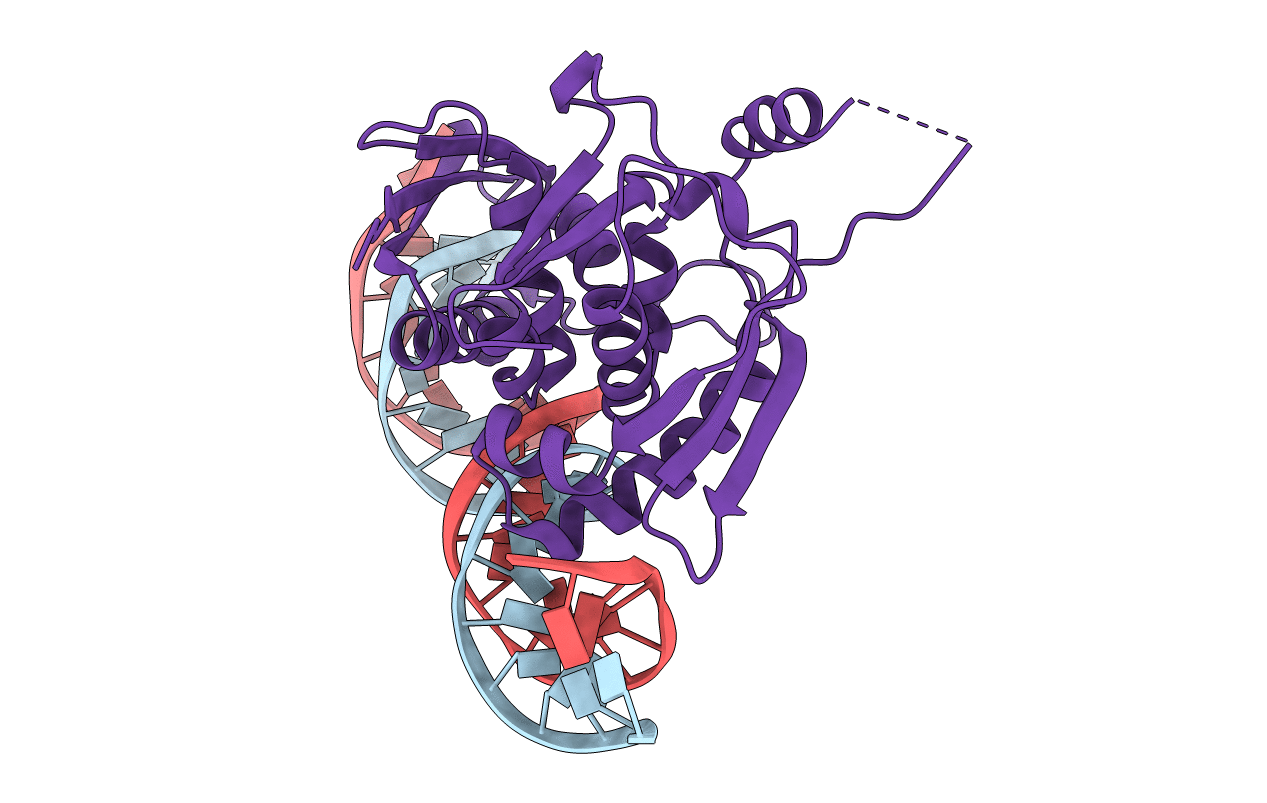
Deposition Date
2006-11-01
Release Date
2006-11-14
Last Version Date
2023-12-27
Entry Detail
PDB ID:
2NRA
Keywords:
Title:
Crystal structure of Pi initiator protein in complex with iteron DNA
Biological Source:
Source Organism:
Escherichia coli (Taxon ID: 562)
Host Organism:
Method Details:
Experimental Method:
Resolution:
3.10 Å
R-Value Free:
0.26
R-Value Work:
0.22
R-Value Observed:
0.22
Space Group:
P 61 2 2


